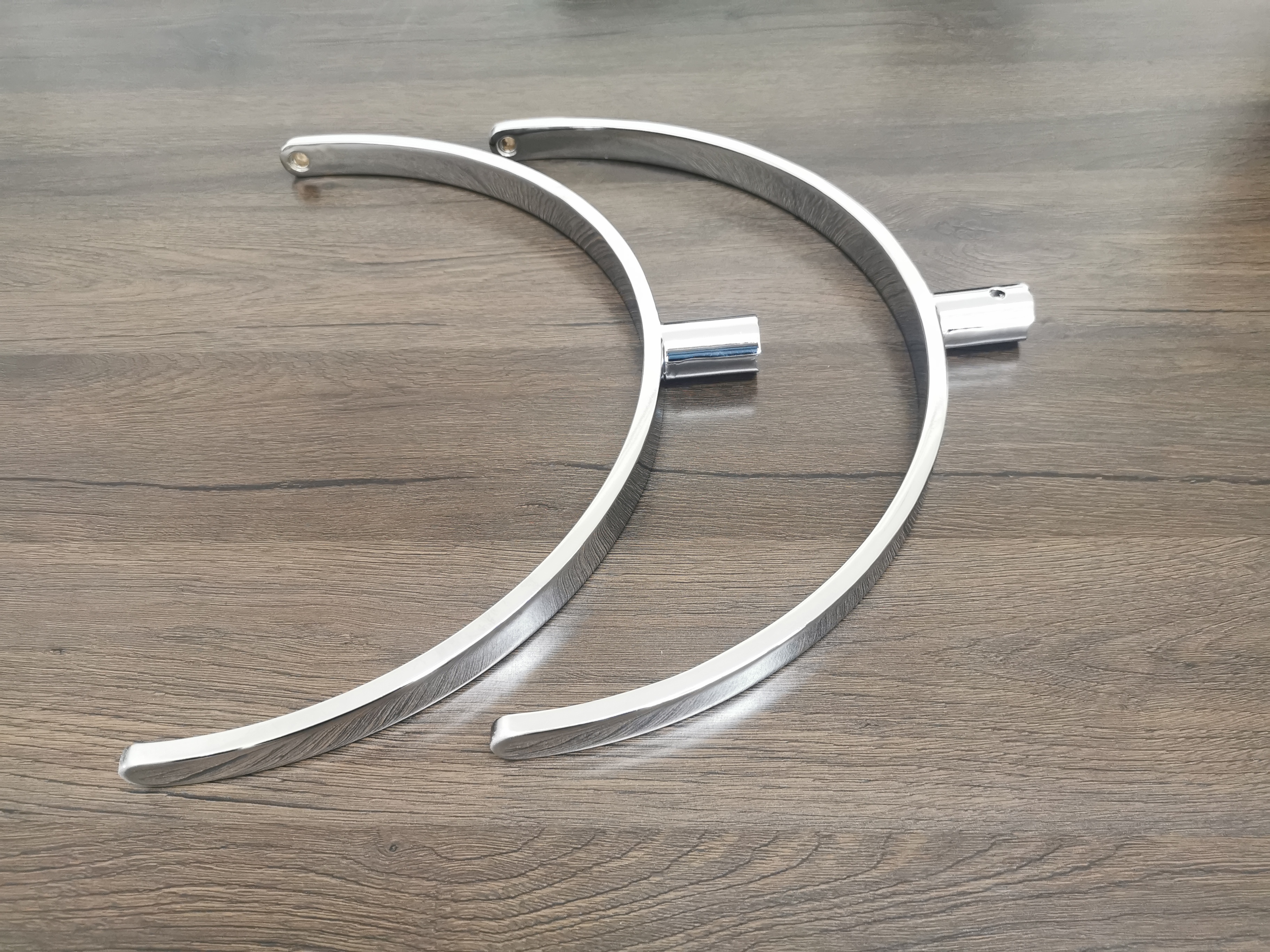Principle: Electroplating is an electrochemical and redox process. Take nickel plating as an example: the metal part is immersed in the solution of metal salt (NiS04) as the cathode, and the metal nickel plate is used as the anode. After the direct current power supply is turned on, the metal nickel plating layer will be deposited on the part.
1. Zinc Plating
The main function of zinc plating on steel parts is anti-corrosion, and the amount used accounts for 1/3 to 1/2 of all electroplated parts, and it is the plating type with the largest output among all electroplating varieties. Zinc-plating has the advantages of low cost, good corrosion resistance, beautiful appearance and storage resistance, and is widely used in light industry, electromechanical, agricultural machinery and national defense industries.
2. Cadmium Plating
Cadmium plating on steel parts has better protection performance than zinc in ocean and hot and humid atmospheric environments. Cadmium plating is mostly used in parts in aviation, navigation and electronics industries. However, cadmium salts are toxic and seriously pollute the environment, which limits the application of cadmium plating.
3. Tin Plating
The corrosion products of tin are harmless to humans and are easy to braze. Tin plating is widely used in canned food packaging products, drinking utensils, tableware and many parts that require brazing in the electronics industry.
4. Copper Plating
Copper plating is often used as an intermediate layer of other coatings to improve the bonding force between the surface coating and the base metal. In the power industry, iron wires can also be plated with thick copper instead of pure copper wires to reduce copper consumption.
5. Nickel-Plated
Nickel plating has a wide range of applications and can be used for both decorative and functional protection. The former is mainly used for protective and decorative coatings of bicycles, clocks, household appliances, hardware products, automobiles, cameras and other parts; the latter is mainly used for repairing electroplating of wear-resistant products.
6. Chrome-Plating
Chromium can maintain luster for a long time in the atmosphere, and does not react in lye, nitric acid, sulfuric acid and many organic acids. The chromium plating layer has high hardness, excellent wear resistance and low friction coefficient, so chromium plating is often used for protection. Decorative coatings prevent the base metal from rusting and beautify the appearance, and are often used to improve the wear resistance of products or repair wear.
Post time: Apr-03-2023











